5. Structure of the Clarinet
When you open the case or the bag in which the clarinet is stored, you'll find five individual instrument pieces right in front of you. These are the mouthpiece, the barrel (sometimes two barrels), the upper joint, the lower joint, and the bell.
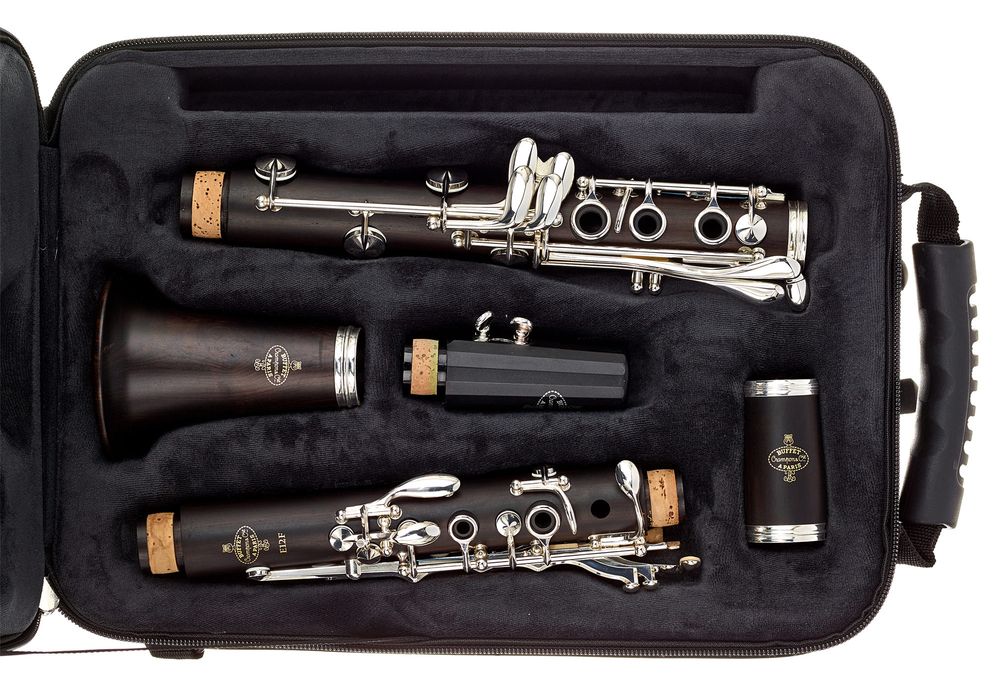
Clarinet Case
The mouthpiece, in conjunction with the reed, is responsible for producing sound. In appearance, the mouthpiece resembles the flattened beginning of a tube, to which a reed is attached for playing. Several factors matter when it comes to a mouthpiece: the bore diameter, the length and steepness of the facing, and the size of the chamber. Got it? You can easily disregard the bore diameter because it's determined by the choice of clarinet. For example, a German clarinet has a bore diameter of 22.5 mm, so a matching mouthpiece must also be 22.5 mm, or it won't fit. The facing length refers to the surface on which the reed rests. The steepness of the facing creates a distance between the reed and the mouthpiece, which decreases from the tip towards the ligature. Together, these factors, along with the reed, determine the character of the tone. The size of the mouthpiece opening differs between the Boehm system and the German system. Boehm clarinet mouthpieces have a larger opening, so reeds from the two systems cannot be interchanged.
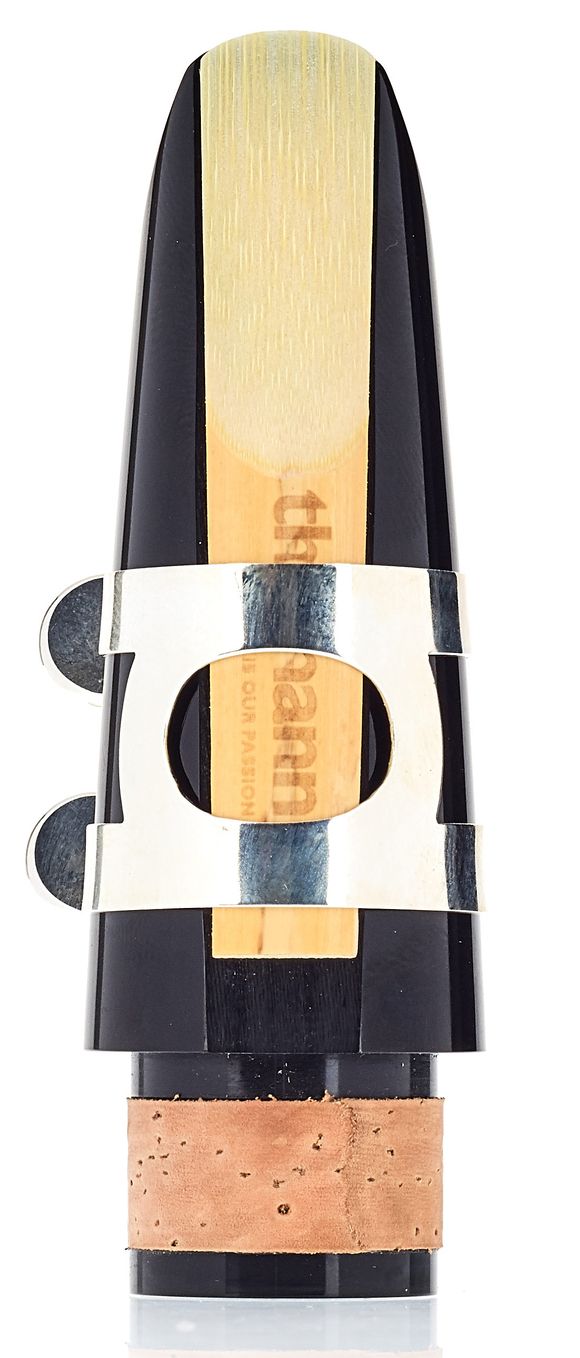
Böhm system mouthpiece
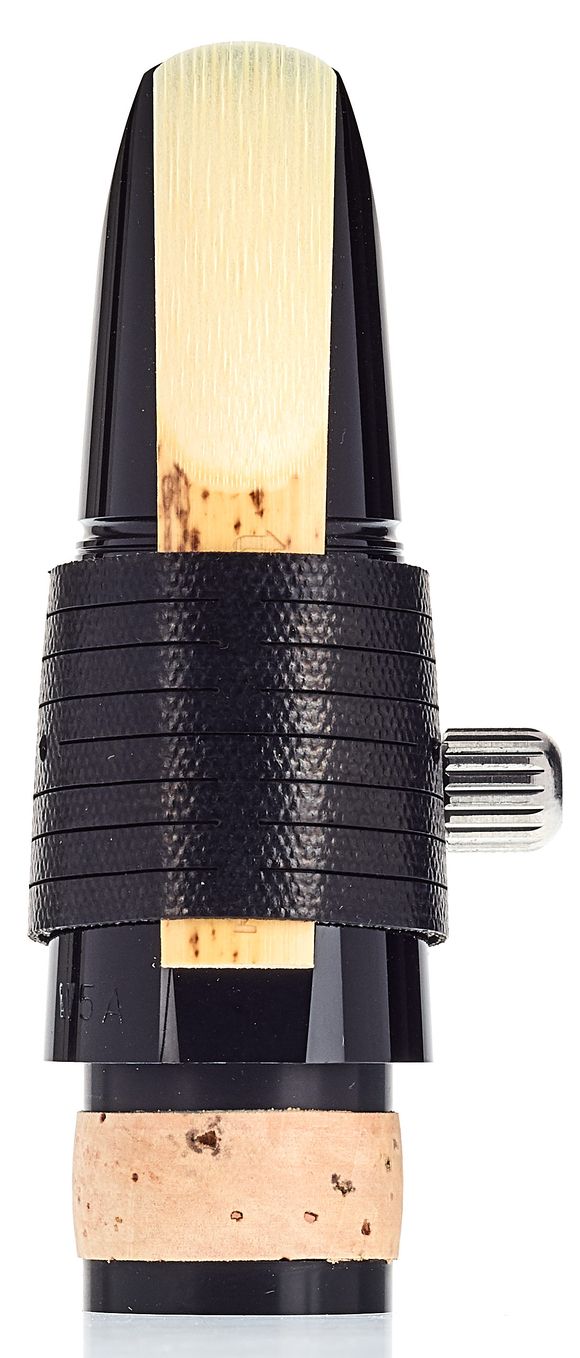
German system mouthpiece
The barrel, also called the "joint," due to its shape, connects the mouthpiece to the upper joint. It is responsible for the instrument's coarse tuning. Many models come with two barrels, a shorter and a longer one, allowing for different fundamental pitches as desired.
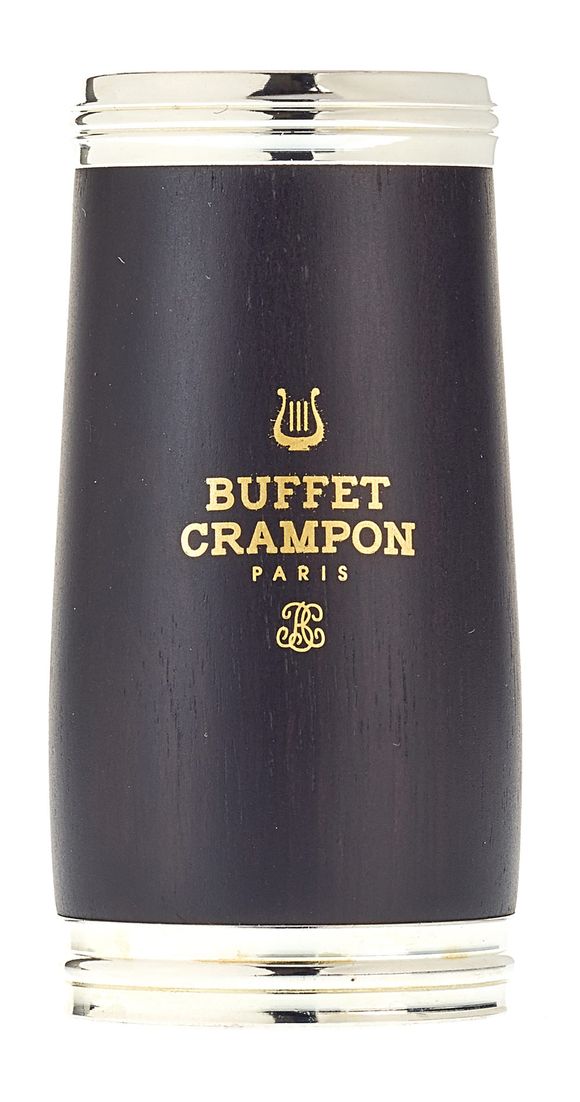
Böhm system barrel
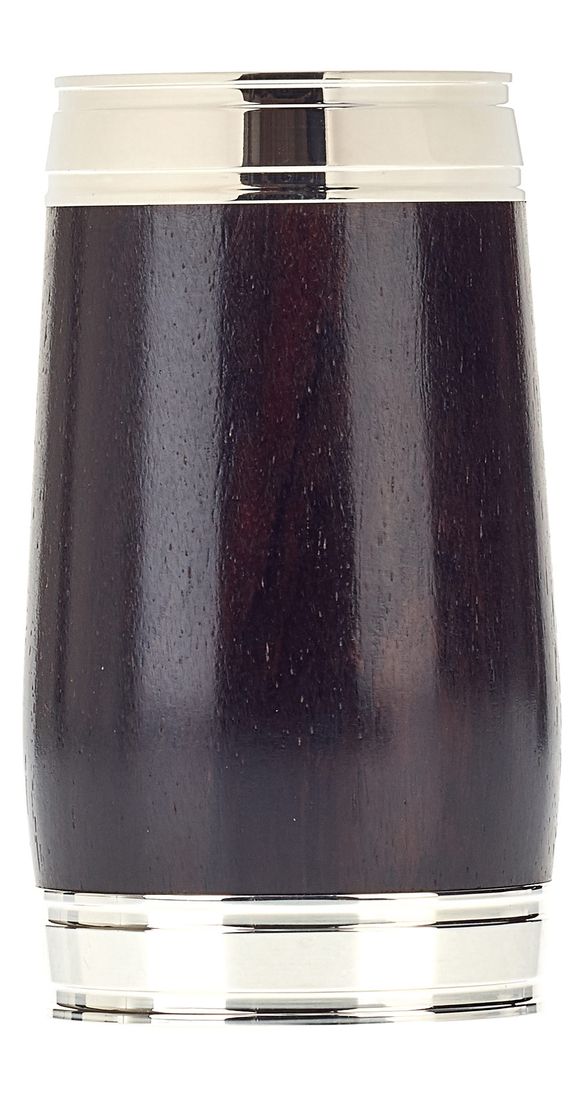
German system barrel
In the case, there are three more unknown pieces. Two of them feature keys and rings: the upper joint and the lower joint. The upper joint of a clarinet is the portion played with the left hand. The number of keys also varies depending on the model.

Böhm system upper joint

German system upper joint
This applies to the lower joint of the clarinet as well, which is the portion played with the right hand.

Böhm system lower joint

German system lower joint
The bell, as simple as it may appear, goes by many names. Some call it the "bell" or the "flare." It plays a significant role in the acoustics of the low notes and should, therefore, be treated just as delicately as any other part of the clarinet. Cracks or nicks should not be taken lightly. As inconspicuous as they may seem, damages can alter the overall sound of the instrument.
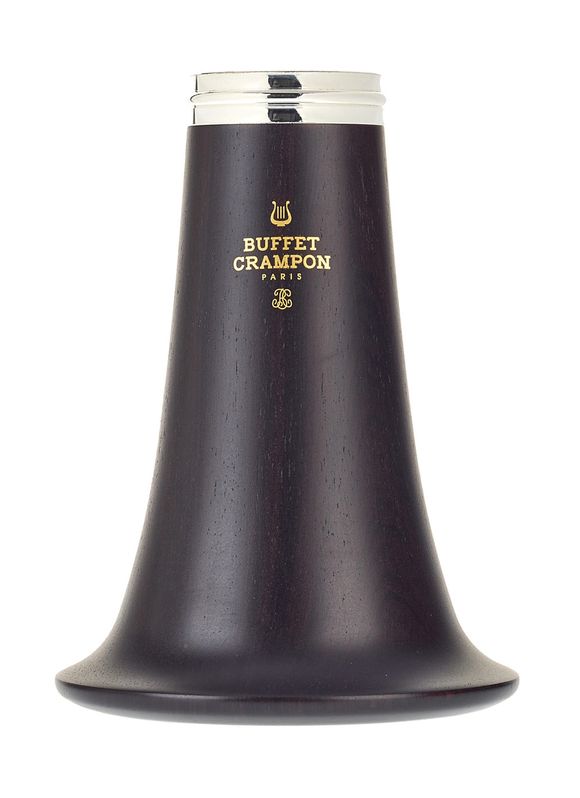
Böhm system bell
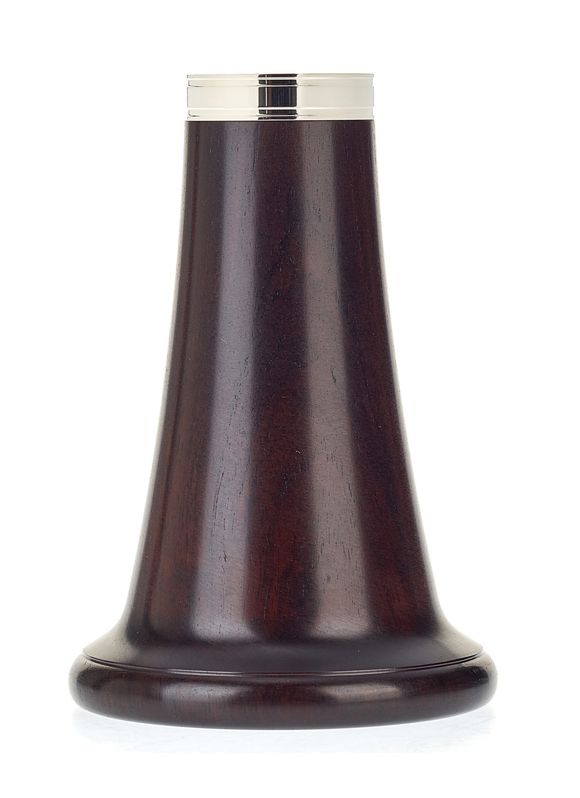
German system bell












